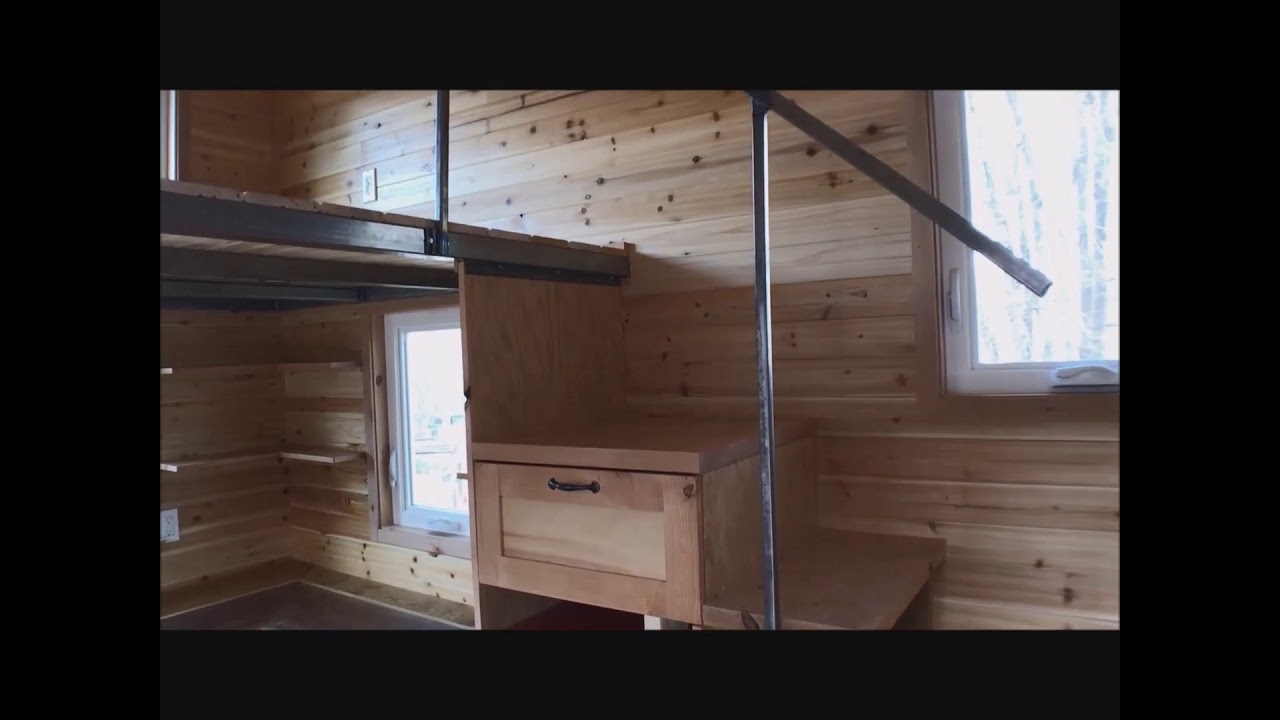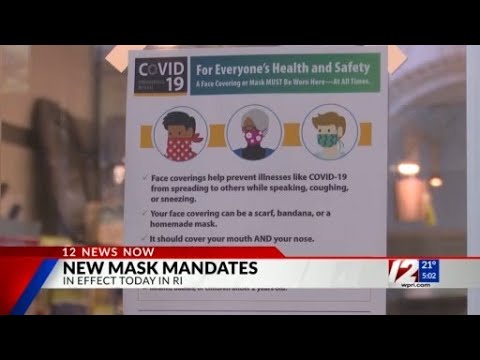Introduction: The Rise of Tiny Homes in Rhode Island
In recent years, there has been a growing trend towards downsizing and minimalistic living, giving rise to the popularity of tiny homes across the United States. Rhode Island, known for its picturesque landscapes and vibrant communities, is no exception to this phenomenon. As more people seek affordable housing options and sustainable living, the question arises: Is it permissible to have tiny homes in Rhode Island?
Understanding Zoning Laws in Rhode Island
To determine the permissibility of tiny homes in Rhode Island, it is vital to understand the state’s zoning laws. Zoning laws regulate land use, construction, and the types of buildings allowed in specific areas. In Rhode Island, zoning regulations are primarily governed by local municipalities. Each town or city has its own zoning ordinances that dictate permissible land uses, including residential areas where tiny homes may be situated.
Examining the Permissibility of Tiny Homes in Residential Areas
While zoning laws can vary from one municipality to another, many places in Rhode Island have embraced the tiny home movement. Several cities, such as Cumberland and Warwick, have modified their zoning codes to allow for tiny homes in residential areas. These modifications aim to accommodate the growing demand for affordable housing options and encourage sustainable living practices.
Tiny Home Regulations: Minimum Size Requirements
To maintain consistency and ensure safety standards, Rhode Island has established minimum size requirements for dwellings. However, these requirements can pose challenges for tiny home enthusiasts. Currently, most zoning codes in the state require dwellings to have a minimum square footage, typically ranging from 600 to 1,000 square feet. While this may limit the construction of smaller tiny homes, creative design solutions can help adhere to these regulations.
Environmental Impact of Tiny Homes in Rhode Island
Tiny homes offer several environmental benefits, aligning with Rhode Island’s commitment to sustainability. These compact dwellings require less energy for heating and cooling, resulting in reduced carbon emissions. Additionally, tiny homes often incorporate eco-friendly features, such as solar panels and rainwater harvesting systems, further minimizing their environmental impact. Embracing tiny homes can contribute to the state’s overall sustainability goals.
Addressing Concerns: Utilities and Infrastructure
One concern regarding tiny homes is the provision of utilities and infrastructure. Rhode Island municipalities are responsible for ensuring that tiny homes have access to essential services such as water, electricity, and sewage systems. However, the infrastructure in some areas may need to be upgraded to accommodate the increased demand. Collaboration between local authorities and tiny home communities can help address these concerns effectively.
Tiny Home Communities: Pros and Cons for Rhode Island
The establishment of tiny home communities in Rhode Island presents both advantages and challenges. These communities provide affordable housing options, foster a sense of community, and promote sustainable living practices. Additionally, they can revitalize underutilized or abandoned areas, contributing to economic growth. However, challenges may arise concerning land availability, community acceptance, and potential strain on existing resources, which must be carefully considered and addressed.
Economic Implications of Tiny Homes in the State
The tiny home movement can have significant economic implications for Rhode Island. By providing affordable housing options, tiny homes can alleviate the burden of skyrocketing housing costs, especially for low-income individuals and families. Additionally, the construction and maintenance of tiny homes can stimulate local economies, creating jobs and generating revenue for the state.
Prospects for Affordable Housing Solutions in Rhode Island
Rhode Island, like many other states, faces an ongoing affordable housing crisis. Embracing tiny homes as a viable housing option can help address this issue. By utilizing vacant lots and repurposing underutilized spaces, tiny homes offer an affordable and sustainable solution to the housing shortage, particularly in urban areas where land is scarce. Encouraging the development of tiny home communities can open up opportunities for affordable housing initiatives in the state.
Exploring the Role of Tiny Homes in Sustainable Living
The tiny home movement aligns with Rhode Island’s commitment to sustainable living. With their smaller footprint and energy-efficient designs, tiny homes promote responsible consumption and minimize environmental impact. By encouraging the adoption of sustainable practices, Rhode Island can position itself as a leader in green living and inspire other states to follow suit.
Tiny Home Movement: Opportunities and Challenges in Rhode Island
While the tiny home movement presents numerous opportunities in Rhode Island, it also comes with challenges. Striking a balance between accommodating the growing demand for affordable housing and ensuring the integrity of existing communities can be a delicate task. Collaboration between local authorities, residents, and tiny home advocates is key to navigating these challenges and creating a sustainable framework for the development of tiny homes.
Conclusion: The Future of Tiny Homes in Rhode Island
As Rhode Island continues to grapple with affordable housing shortages and environmental concerns, the tiny home movement offers a promising solution. With modifications to zoning codes, careful consideration of sustainable practices, and community collaboration, tiny homes have the potential to shape the future of housing in Rhode Island. By embracing this innovative housing option, the state can move towards a more equitable, sustainable, and resilient future for all.





